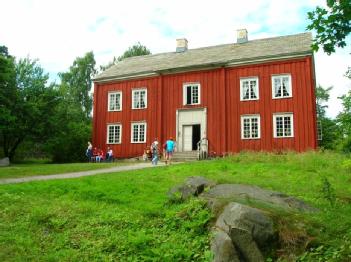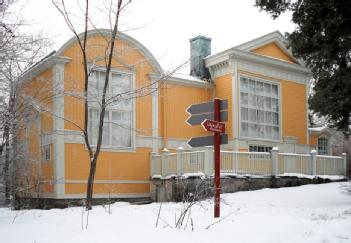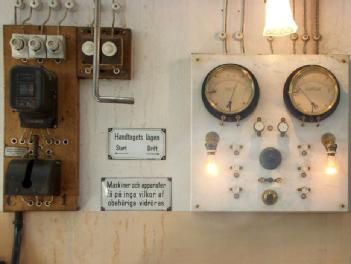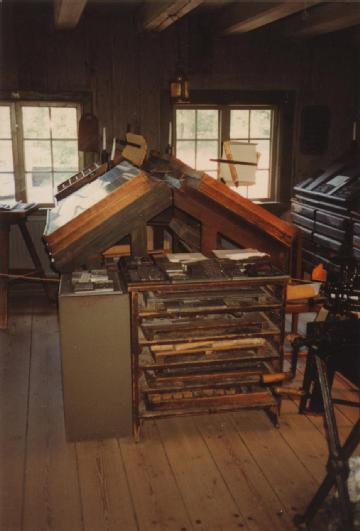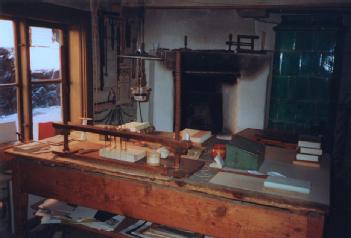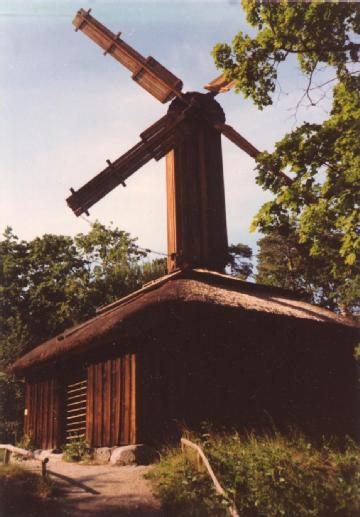
    |
Skansen Stockholm |
11521 Stockholm, Sweden |
|
| Address |
Djurgårdsslätten 49-51
|
| Floor area | 300 000 m² / 3 229 173 ft² |
Museum typ
Exhibition
Open Air Museum
- Agricultural
- Model-making in general
- Textile production
- Carriages
- Craft
- Mountain Railways & Cableways
- Radios (Broadcast receivers)
- Printing technology
- Biology / Medicine
- Food and beverage production
- Mine- & Parc Railways
- Home Appliances
|
Opening times
|
Opening: 10:00; closing changes monthly and for special days: from 15:00 to 22:00
Öppning: 10:00; stängning ändras varje månad och för speciella dagar: 15:00 till 22:00
|
||||
|
Status from 07/2015
|
Winter to Summer Adults: from SEK 100 to 180; Pensioner: SEK 80 to 160; Children: SEK 60 Vuxen: 100 - 180 SEK; Pensionärer: 80 - 160 SEK ; Barn 6-15 år: SEK 60:- |
||||
| Contact |
|
||||
| Homepage | www.skansen.se | ||||
Our page for Skansen Stockholm in Stockholm, Sweden, is not yet administrated by a Radiomuseum.org member. Please write to us about your experience with this museum, for corrections of our data or sending photos by using the Contact Form to the Museum Finder.
| Location / Directions |
Skansen liegt auf der Insel Djurgården in Stockholm. Bus Nr. 44 und die Straßenbahn der Linie 7 halten am Haupteingang von Skansen. Am schönsten ist die Anreise mit der Fähre von Slussen. Zu bestimmten Zeiten des Jahres fährt eine Bergbahn von einem der Eingänge - Hazeliusporten - zu dem auf einem Hügel gelegenen Skansen. |
| Description | Skansen was founded by Artur Hazelius in 1891. It is the world’s oldest open-air museum and is situated on the island of Djurgården within the city limits of Stockholm. The founder’s aims live on in the museum today. He wanted to bring the traditional rural culture to life by exhibiting furnished houses and farmsteads, cultivated plots and gardens and both domestic and wild animals. When Skansen started, its focus was on farming and Sami culture.
Visitors to Skansen meet a miniature historical Sweden reflected both in the buildings and their surroundings – from the Skåne farmstead in the south to the Sami camp in the north. The venues illustrate the different social conditions in which people lived in Sweden between the 16th centure and the first half of the 20th century. The majority of houses and farmsteads are from the 18th, 19th and early 20th centuries. The town quarter consists principally of buildings from Stockholm that were moved to Skansen during the 1920s and 1930s. They illustrate urban life in Sweden in the 18th and 19th centuries and include both dwellings and workshops. There is a pottery, an engraver’s workshop, a shoemaker’s shop and a bakery, for example. At the beginning of the 1990s a small industrial area was added with factories from the early 20th century. There are historical intepreters in the houses and farmsteads wearing period dress. They can explain to visitors how people lived in earlier times and they demonstrate traditional activities such as spinning, weaving, knitting and other crafts. |
Radiomuseum.org presents here one of the many museum pages. We try to bring data for your direct information about all that is relevant. In the list (link above right) you find the complete listing of museums related to "Radio & Co." we have information of. Please help us to be complete and up to date by using the contact form above.
[dsp_museum_detail.cfm]
| Data Compliance | More Information |

 skansen.se
skansen.se 

